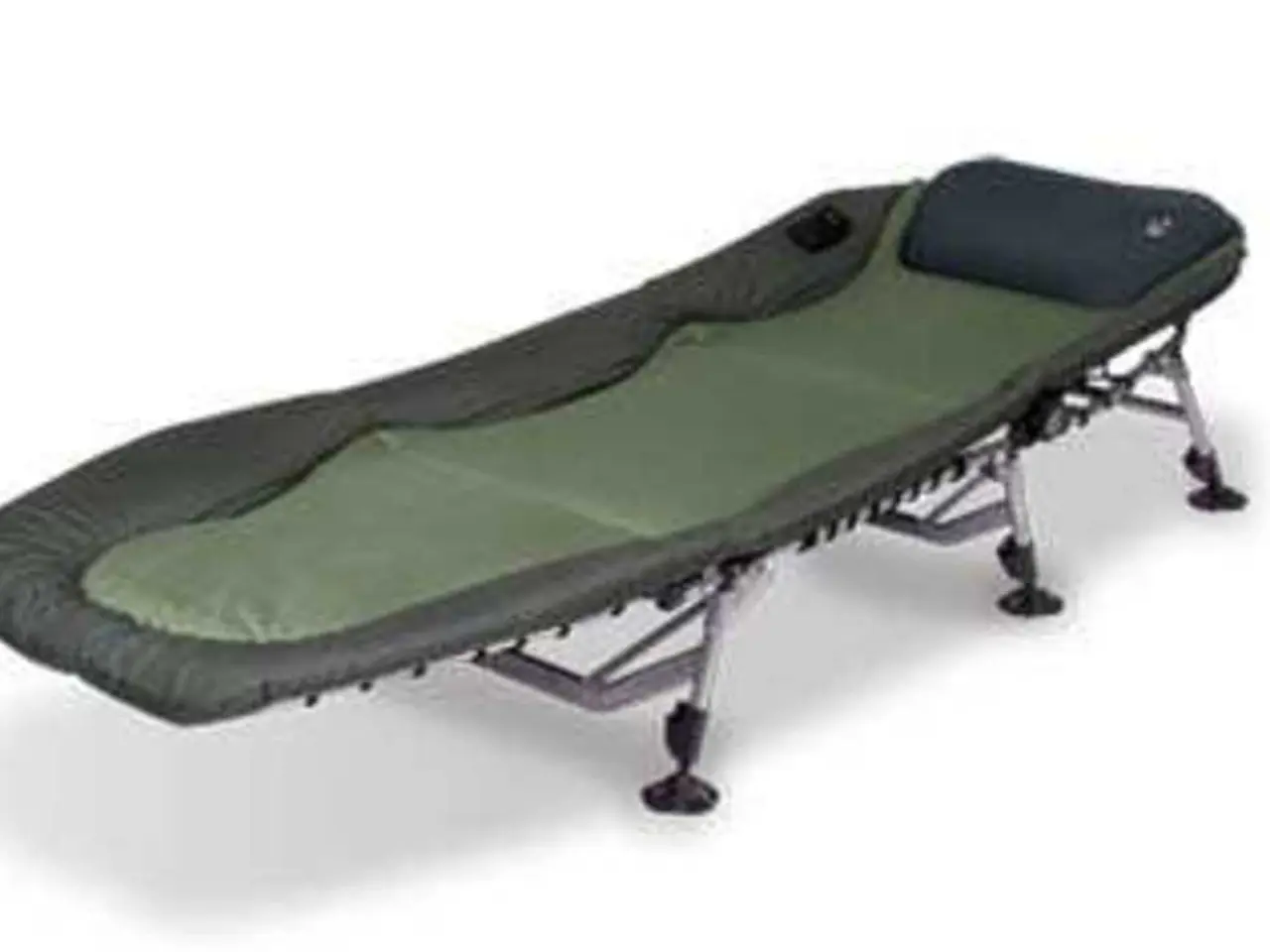Top 7 IT Band-Targeted Workouts for Optimal Fitness
In the world of running, one injury that often plagues athletes is Iliotibial Band Syndrome (ITBS). This condition, characterised by a sharp pain radiating outside the knee, is a common running injury and can be effectively managed with the right approach.
According to USATF-certified running coach Jason Fitzgerald, a 2:39 marathoner and head coach of Strength Running, prevention and rehabilitation of ITBS involve strengthening the hips and glutes. These muscle groups play a crucial role in maintaining knee stability, and weakness or fatigue in them can increase the risk of ITBS.
One exercise that strengthens the hips and glutes is the hip thrust. However, the ITBS rehab routine also includes the lateral leg raise, clamshell, and hip hike exercises. The lateral leg raise involves lying on one side, lifting the other leg to about 45 degrees in a controlled manner, and doing 30 reps per side. The clamshell exercise is performed in a similar position, with the knees kept together and using a therapy band around the lower thighs, opening the knees like a clamshell while keeping heels together and without moving the pelvis, also for 30 reps per side. The hip hike exercise involves standing on one foot, dropping the pelvis on the other side, activating the hip muscle on the standing side to lift the pelvis back to the starting position, with 20 reps per side.
Another exercise, the side step/shuffle, involves placing a therapy band around the ankles and taking 10 steps to one side, then 10 steps back to the starting position, with 5 sets of 10 steps in each direction. The pistol squat, a more advanced exercise, requires standing with feet hip-width apart, lifting one foot off the floor, and lowering into a squat position, with 10 reps per side.
The Iron cross stretch exercise, performed lying faceup with arms out to the sides, lifting one leg straight up toward the ceiling, rotating the lower back and hips to reach the leg across the body toward the opposite hand, and holding the position for as long as desired, can also help in the healing process.
Foam rolling can also aid in the healing process by gently rolling hips, glutes, quads, and hamstrings for about 1 minute per muscle to loosen muscles and scar tissue. However, it's important to avoid rolling the IT band itself during foam rolling to prevent further aggravation.
Overtraining, such as increasing mileage too quickly or running too fast before being ready, can also cause fatigue and lead to ITBS. Therefore, it's crucial to allow the body adequate time to adapt to new training regimens.
Recovery from ITBS requires active work, such as specific exercises designed to treat ITBS, once your doctor approves. In the initial stages of an injury, ice may provide pain relief, applied to any painful areas for about 15 minutes. If there has been no pain for 7 to 14 days, a short, easy test run can be attempted on a treadmill or flat, even surface, avoiding downhill running which can make ITBS pain worse.
A weak butt is a common side effect of a modern lifestyle that involves too much sitting and not enough strength training. Strengthening the hips and glutes through exercises like those mentioned above can help prevent ITBS and improve running performance.
Read also:
- Peptide YY (PYY): Exploring its Role in Appetite Suppression, Intestinal Health, and Cognitive Links
- Toddler Health: Rotavirus Signs, Origins, and Potential Complications
- Digestive issues and heart discomfort: Root causes and associated health conditions
- House Infernos: Deadly Hazards Surpassing the Flames








